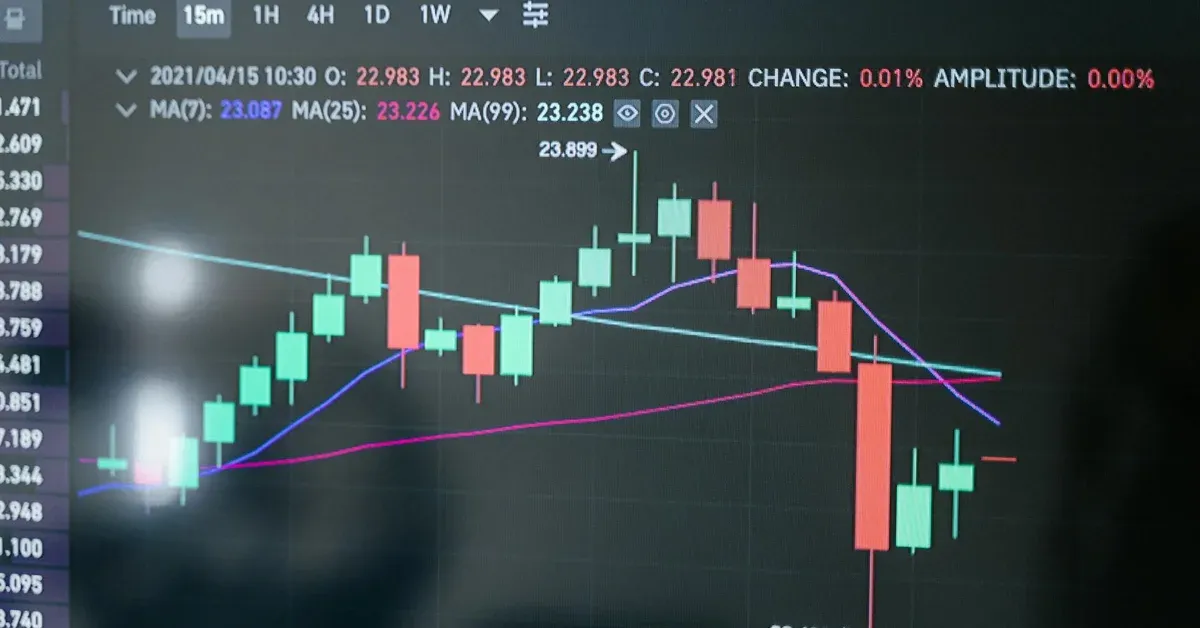
The AI bubble has grown into something massive. A research analyst says it’s now 17 times bigger than the dot-com boom and four times the size of the subprime mortgage crisis. These aren’t just scary numbers - they point to a huge misallocation of money that could lead to a serious economic crash.
How Big This Thing Really Is
What makes an AI bubble this big? Money floods into the sector based on promises of future profits, not actual earnings today. Stock prices shoot up way beyond what companies are actually worth. Everyone wants in because they think “this time is different.” This creates a dangerous situation where the whole economy depends on these inflated values staying high.
Same Story, Different Decade
The similarities to the dot-com crash are striking. Back then, companies frantically built fiber optic networks. Now, they’re building massive data centers. A Federal Reserve study shows the connection between 1990s telecom spending and today’s data center investment. Look at OpenAI’s $100 billion deal with Nvidia, followed by a $300 billion deal with Oracle. This kind of spending on computing power feels like history repeating itself.
Some people disagree we’re heading for a crash. They say this is a real tech revolution with stronger companies than the dot-com era. But many financial experts worry about “circular financing” and Wall Street using weird metrics to justify high stock prices. These are the same warning signs from previous market crashes. It’s a pattern that keeps showing up before bubbles pop.
What Happens When It Pops
The warnings come from everywhere. Jamie Dimon worries about a major stock market crash. Global regulators say AI stocks look dangerously like dot-com bubble territory. Today’s economic conditions make things worse - higher interest rates and inflation mean less room for error if this bubble deflates.
The fallout could be huge. Investors would lose money, companies that over-invested in AI without clear profits could fail, and unemployment could spike across tech. The hidden costs of massive AI infrastructure in energy and water use already create problems. The question isn’t if this bubble will pop, but when and how bad it will be when reality hits the hype.